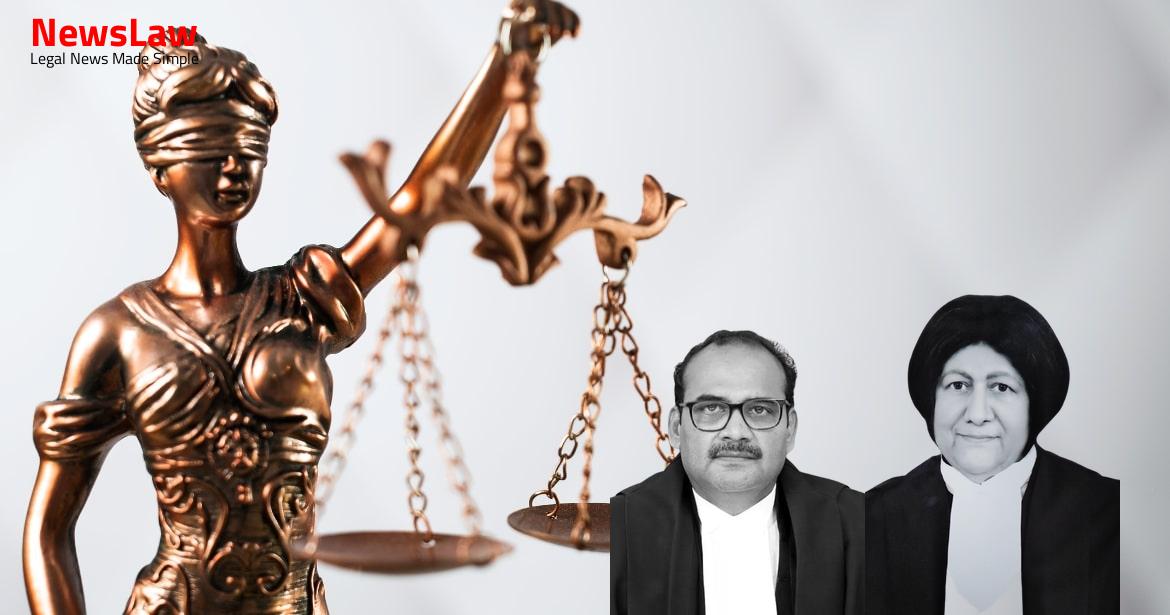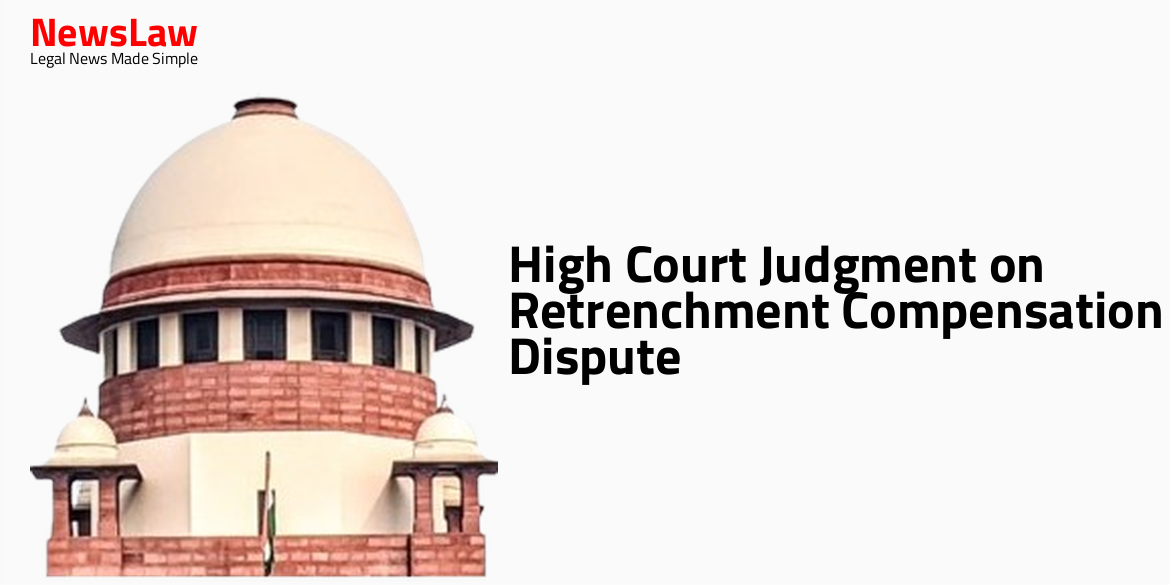Delve into the intricate legal analysis of caste verification within the context of reservation policies as examined by a recent court case. The case sheds light on the complexities surrounding caste classifications and their impact on access to reserved categories. The court’s detailed examination of historical documents, government notifications, and precedents provides valuable insights into how caste identities are validated within the framework of the law.
Facts
- Respondent No.1 applied for Group A and Group B posts claiming reservation under Category II-A.
- Government of Karnataka issued an order placing Lingayat Ganiga under Category III-B instead of II-A.
- Respondent No.1 was selected under Category II-A of the Reservation Policy.
- Civil Rights Enforcement Cell conducted an inquiry and confirmed Respondent No.1 belonged to the Ganiga caste.
- Certificate was issued by the Tehsildar certifying Respondent No.1’s sub-caste as Ganiga.
- Respondent No.2 initiated prosecution against Respondent No.1 for obtaining false Category II-A certificate.
- High Court concluded Respondent No.1 belonged to Hindu Lingayat caste based on father’s records.
- Appellant filed appeal challenging the Caste Validity Certificate issued to Respondent No.1.
- Government issued orders regarding reservation categories and sub-castes within Veerashaiva Lingayat caste.
- High Court allowed Writ Appeal filed by Respondent No.1, setting aside the order of the Single Judge dismissing the Writ Petition.
- The Division Bench found that the report was made in accordance with the provisions of SC/ST and OBC Reservation Act.
- The Division Bench analyzed the facts of the case and noted that reservation for backward classes was not introduced when the Respondent No.1’s father was admitted to school in 1953, while it was introduced by the time the Appellant was admitted.
- The caste discrepancy in school records where only ‘Lingayat’ was mentioned for Respondent No.1’s father and ‘Hindu-Ganiga’ for Respondent No.1 could be due to the introduction of the Reservation Policy.
- The Division Bench found that 19 sub-castes of Lingayat/Veerashaiva were included in Category III-B based on an order from January 2009.
- Single Judge’s opinion was that the caste of Respondent No.1 was ‘Lingayat-Ganiga’ and the Division Bench concurred with this finding.
- The Division Bench observed that the Single Judge misinterpreted the castes and held that ‘Hindu-Ganiga’ and ‘Lingayat-Ganiga’ could not be considered as different castes.
- The Division Bench clarified that a Lingayat is also a Hindu and should be considered as such under various Hindu laws.
- The Government notification in 2002 did not specifically refer to ‘Lingayat Ganigas’ under Category II-A, leading to confusion.
- The Division Bench referred to the report of the Karnataka Backward Classes Commission and certain judgments of the Karnataka High Court while analyzing the case.
- In conclusion, the Division Bench upheld the findings that the Caste Verification Committee’s report was correct and that the Respondent No.1 belonged to ‘Hindu-Lingayat’.
Also Read: Analysis of Financial Statements as Acknowledgment in Limitation Act Case
Analysis
- Respondent No.1 produced a registered document from 1909 showing the caste of their great grandfather as ‘Ganiger’.
- A notification on 28 February 2009 deleted the caste mentioned in certain categories, including Lingayat/Veerashaiva-Ganiga.
- The document is relevant as it proves the caste of Respondent No.1 as ‘Ganiga’.
- ‘Ganiger’ is a variant of the word ‘Ganiga’ found in the north Karnataka region.
- Respondent No.1 relied on caste certificates of relatives showing caste as ‘Ganiga’.
- Refers to a past court order directing consideration of caste certificate of niece for caste report.
- Appellant produced caste certificates of relatives indicating ‘Hindu-Ganiga’ caste.
- Court inferred Appellant’s caste as ‘Ganiga’ based on forefather’s caste mentioned as ‘Ganiger’.
- Decision of Civil Enforcement Cell not to prosecute was justified based on caste evidence.
- Materials on record include pre-constitution registered sale deed showing caste as ‘Ganiga’.
Also Read: Interpretation of Corporate Guarantor under IBC
Decision
- The appeal has been dismissed.
- There are no grounds for interference with the judgment.
Also Read: Quashing of FIR and Charge-sheet: Legal Analysis
Case Title: M.V. CHANDRAKANTH Vs. SANGAPPA (2022 INSC 769)
Case Number: C.A. No.-004963-004963 / 2022



